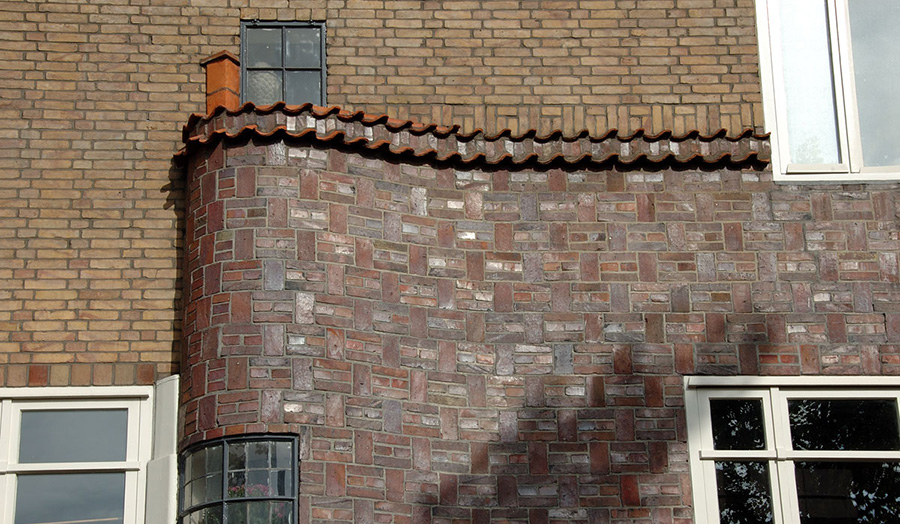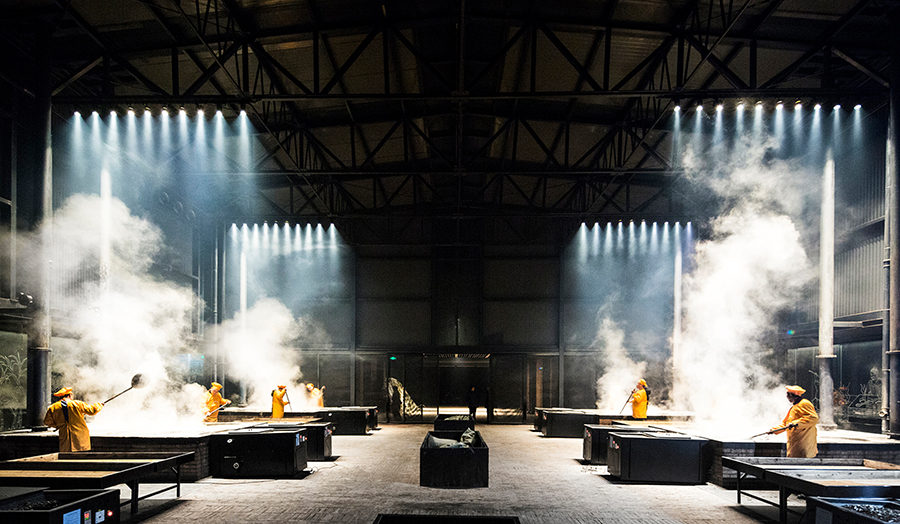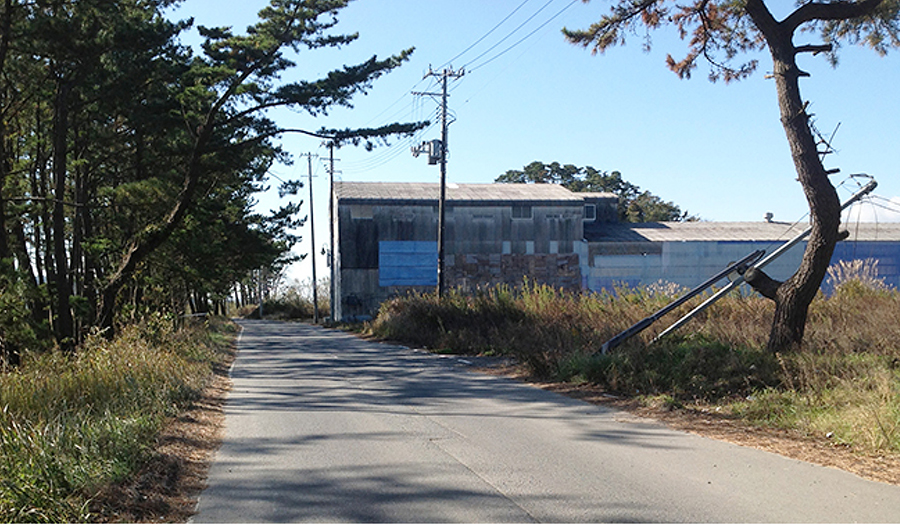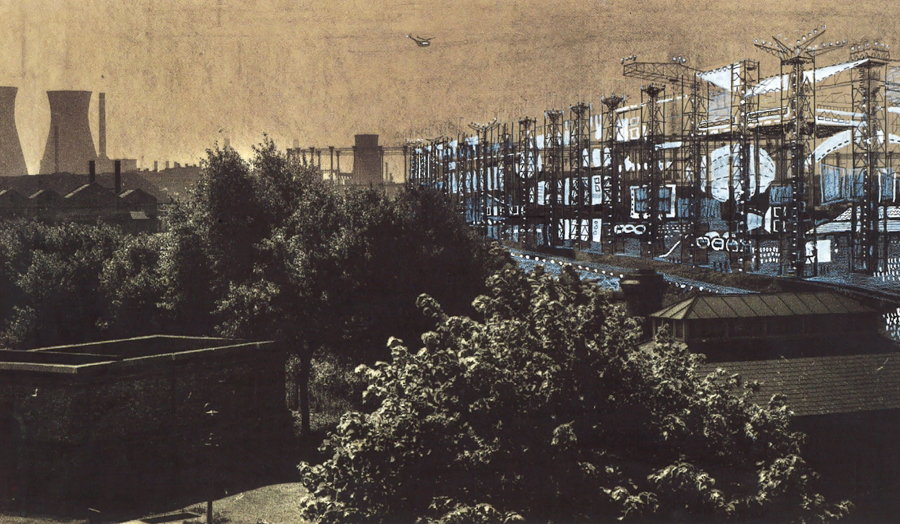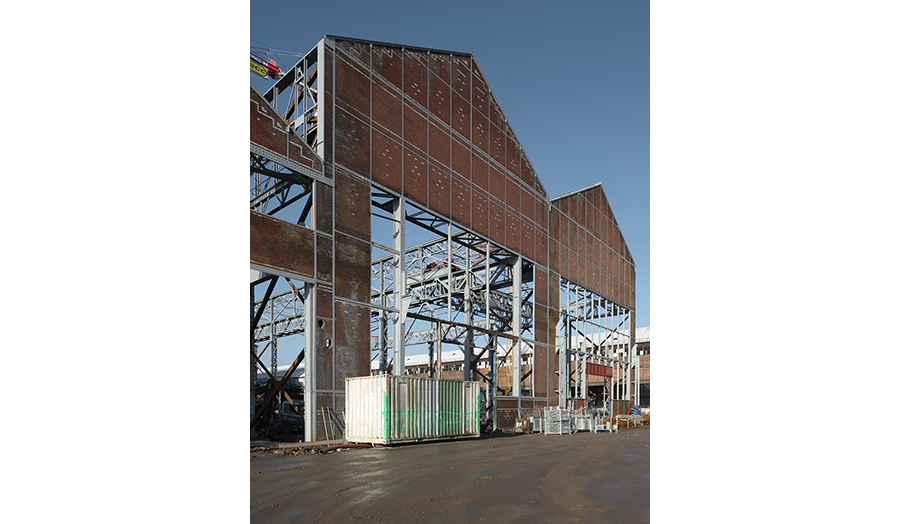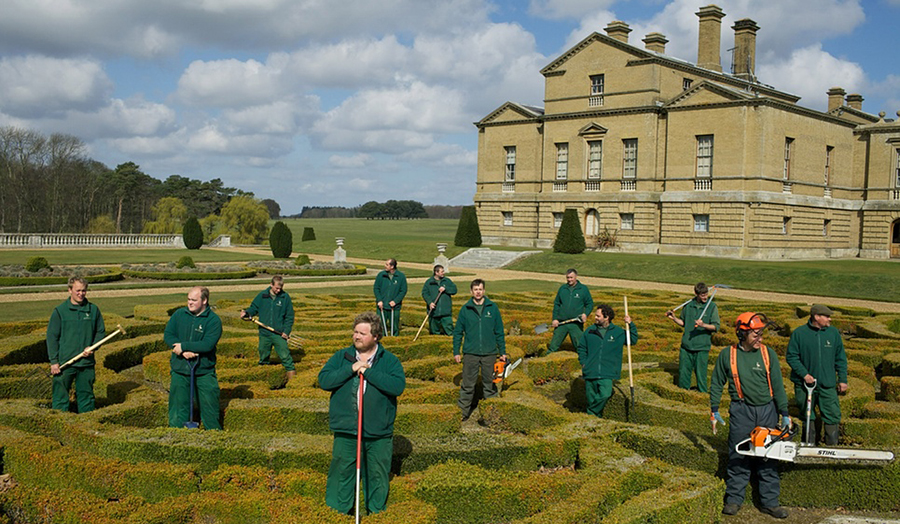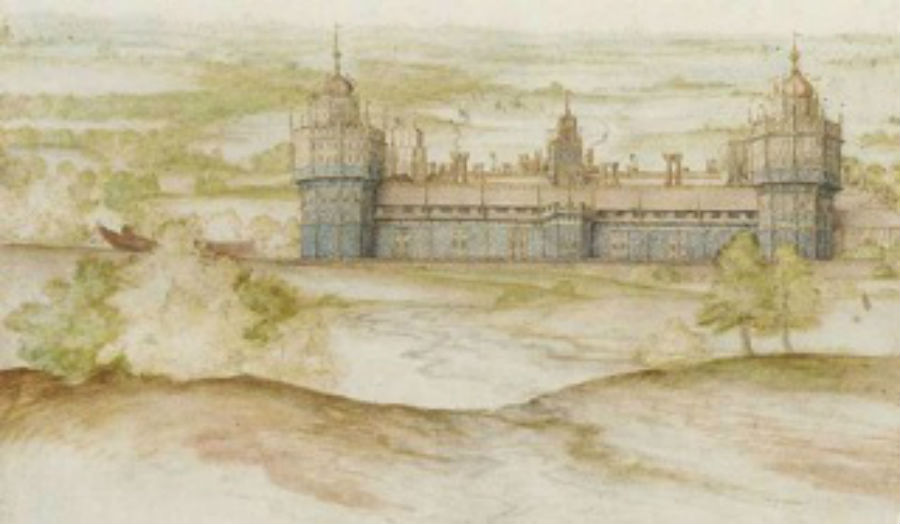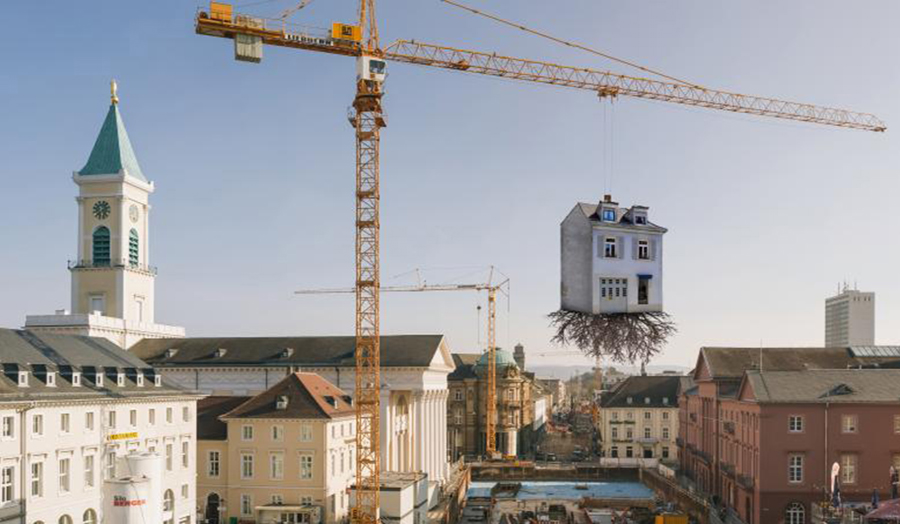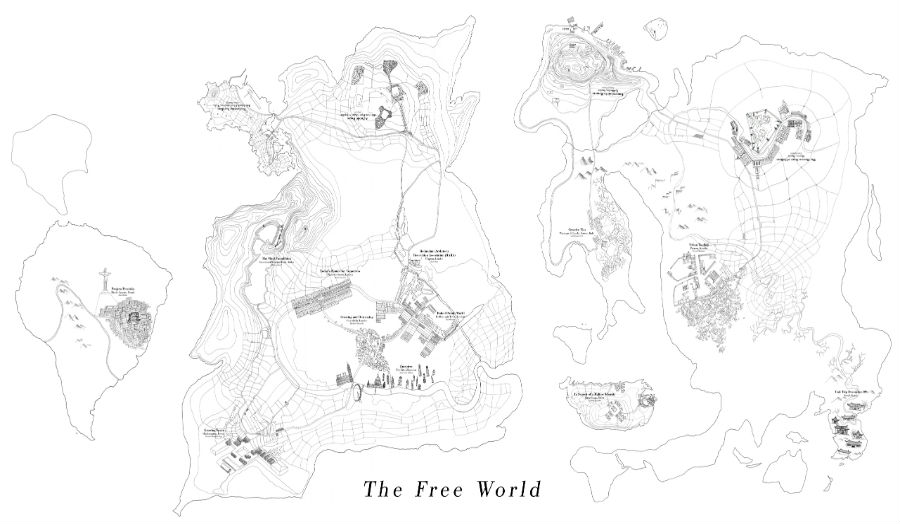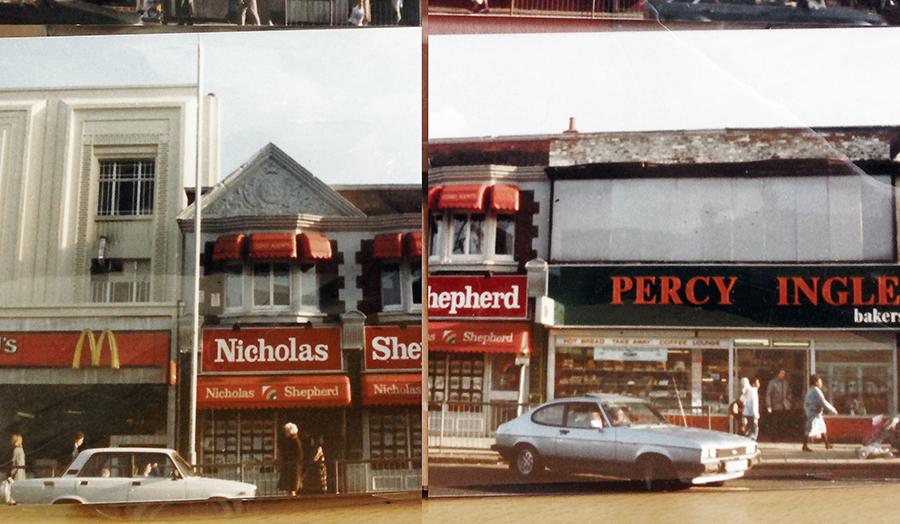Unit brief
“The GREEN TECHNOLOGY race is the space race of our time” – Stephen Chu Nobel Prize winner in physics and former US Secretary of Energy at the Solar Decathlon 2012 award ceremony, Washington DC.
On 28 November, team Heliomet, primarily constituted by students from Diploma Unit 4 and the Digital Architecture Manufacturing MA inaugurates SOL-ID – a fully functional, low cost and solar-powered urban dwelling prototype in Cali, Columbia. After constructing and assembling SOL-ID, team Heliomet is competing in the Solar Decathlon Latin America and the Caribbean (SD LATC) competition in which student-led university teams or design practices, realise and operate their dwelling for two weeks, competing in ten different categories including architecture, innovation, communication and sustainability etc.
The arduous journey to Cali, Columbia started last year with the relaunch of the Heliomet team as a University-based alternative form of practice led by Unit04. Heliomet made a successful application for participation in SD LATC for which the design and development of the SOL-ID solar-powered dwelling prototype was produced. It is this radical, low-income, urban dwelling prototype we are constructing, assembling, operating and disassembling in Cali, Columbia whilst participating in the Solar Decathlon Competition. It is not the first time that team Heliomet has participated in this competition – we also competed in the Solar Decathlon China Competition in 2013 with the SunBloc project for which the Unit 4 student team won the RIBA Silver Medal.
Semester A (autumn semester) is primarily centered on team Heliomet and its associated group activities such as the fabrication and assembly of the SOL-ID project leading up to the SD LATC competition on site in Cali, Columbia. This is followed up by the delivery of the as-built Building Information Model (BIM) and its associated drawings in January which concludes SD LATC and semester A. In conjunction with the work on SOL-ID, Unit 4 and the Digital Architecture Manufacturing MA are also having a series of technique-based workshops on design modelling, BIM modelling, simulation and digital manufacture.
The theme of SD LATC and SOL-ID is working towards viable safe, healthy and sustainable alternatives to informal settlements typically formed around dense urban centres in Latin America. The settlers are primarily economic migrants with limited economic means, planning to stay for an indefinite future, meaning that current policy and the SD LATC competition is striving to formalise the informal; making these informal settlements permanent and planned. Our plan for the second project is attempting to develop lasting qualities of permanent settlements that still have to remain temporary.
In 2013 UNHCR reported that for the first time since World War Two the number of refugees, asylum seekers and internally displaced people worldwide exceeded 50 million (The Guardian, 20 June 2014) and if it was a single country, it would be the twenty-fourth most populous country in the world. After we return from Columbia, our brief centres on these politically-charged transient communities. Many times these communities consist of tents or other prefabricated building products transported to site and organised as camps. UNHCR on the other hand believes from their experiences that it is preferable to allow the settlers to build their own communities following guidelines and provision of materials. This is often difficult on these sites from a resource point of view; but also political, since it can be perceived as something that could become permanent. Unit 4 is attempting to learn from our research in off-site manufacture and on-site customised assembly to provide an inexpensive alternative that offers the benefits of both models without compromising the qualities of the designed environment.
Semester B (spring semester) allows for an individual design-based exploration of the conception and development of a low cost and easily deployable and transportable building system manufactured off site and self-built and customised on site. The aim is to draw inspiration from some of the material research into the post-tensioned, lightweight construction of team Heliomet. The design output ought to be cost effective, lightweight, easy to transport and a resilient product for deployment in situations where many dwellings and other building structures are needed rapidly where energy and resources are scarce and the climate is harsh. The ensuing product should easily be procured and deployed by a large organisations such as UN Habitat or UNHCR (The UN Refugee Agency) or smaller non-governmental organisations (NGOs) that Unit 4 is collaborating with.
Unit 4 experiments with design, matter and the medium of building attempting to help advance architecture as a discipline but also to reaffirm that good design, a proactive use of technology does make a difference. A return to materiality and the craft of instrumentality is considered integral in developing new design, content and knowledge in the pursuit of an architecture that gives back more to the environment than it cost (regenerative design). The pedagogy of Unit 4 aims to help demystify the transformative capacity of architecture and design in the actualisation of “live” regenerative projects with a distinct sense of quality and aesthetic. Unit 4 continues to see material output as the ultimate gauge of the success of design work that seeks to turn design ideas into invention and invention into innovation.
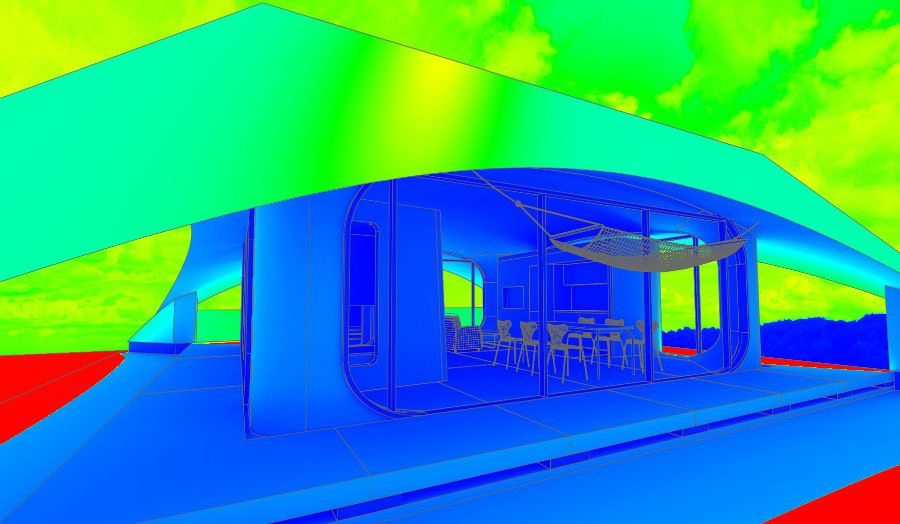
Details
| Course | Professional Diploma in Architecture |
|---|---|
| Tutor | Andrew Grant Elian Hirsch Eva Diu Jonas Lundberg |
| Where | Central House, fourth floor studios |
| When | Monday and Thursday |

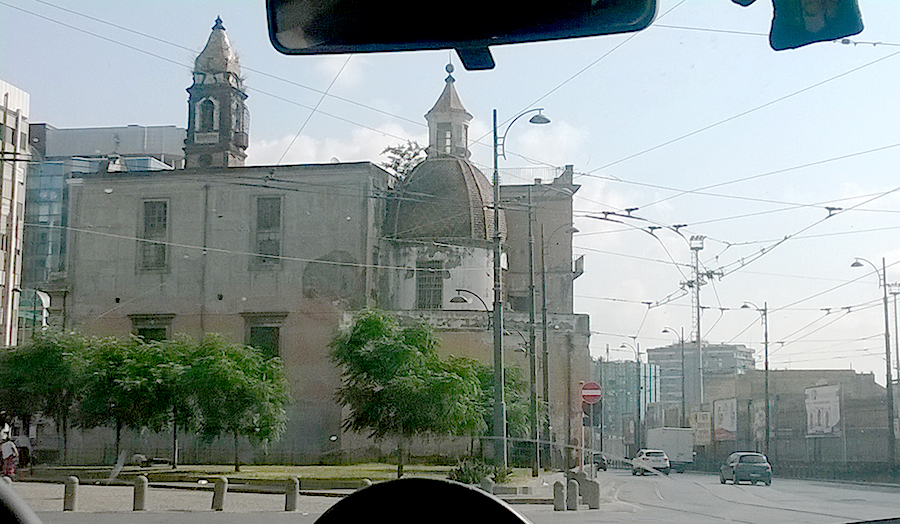
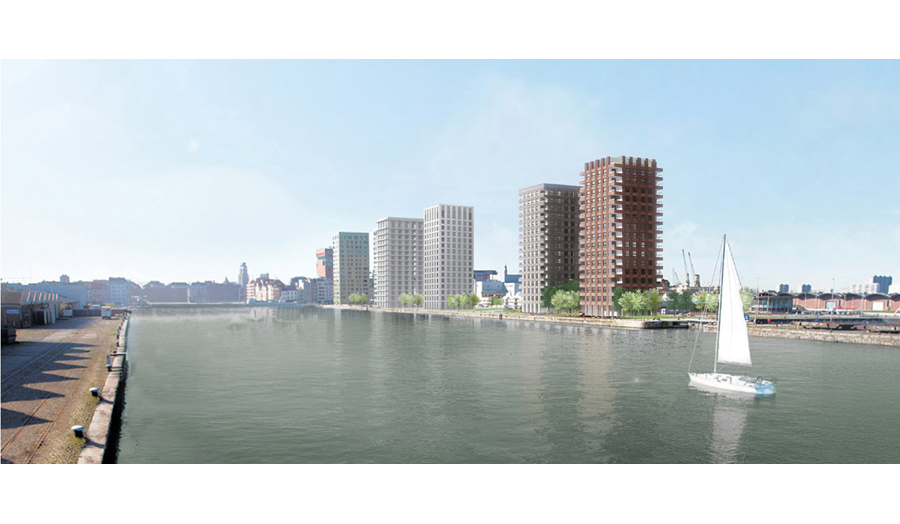
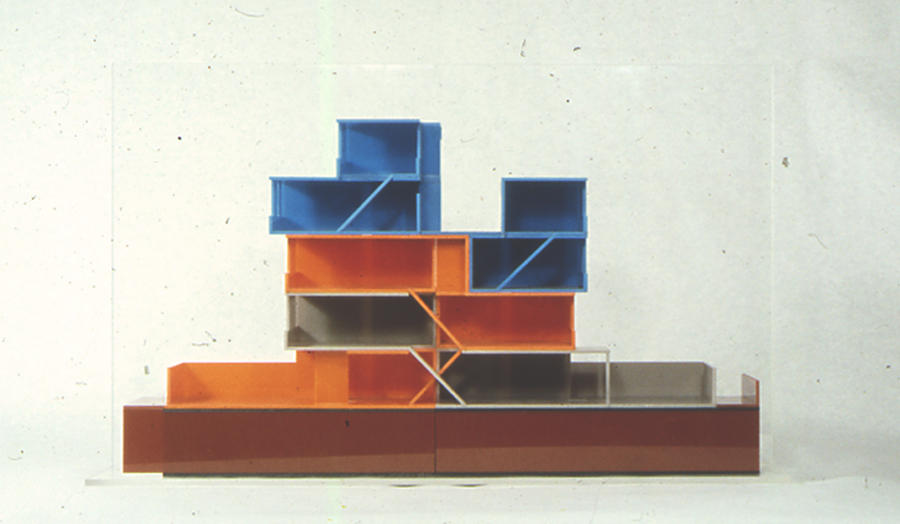
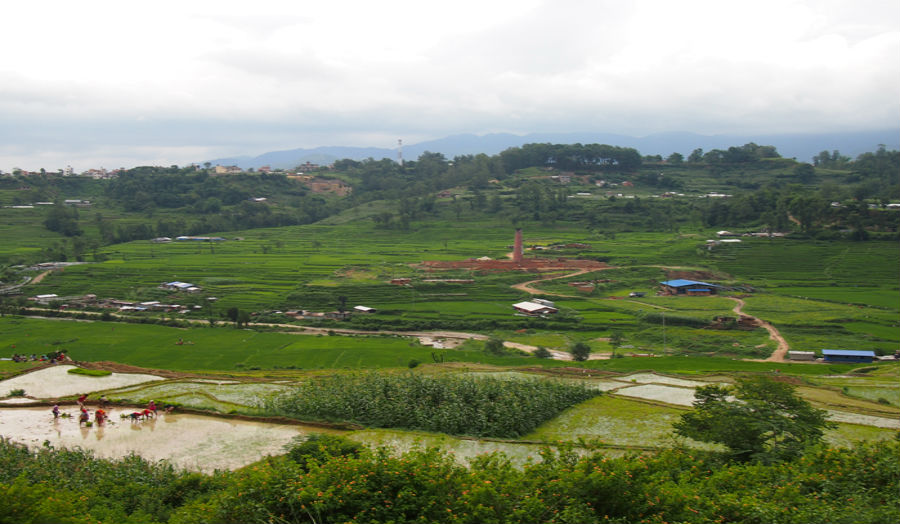
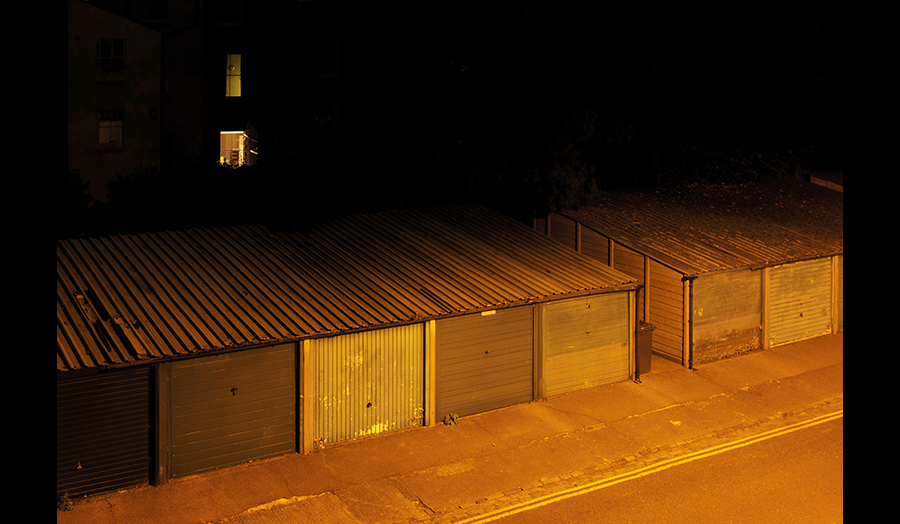
-(1).jpg)
